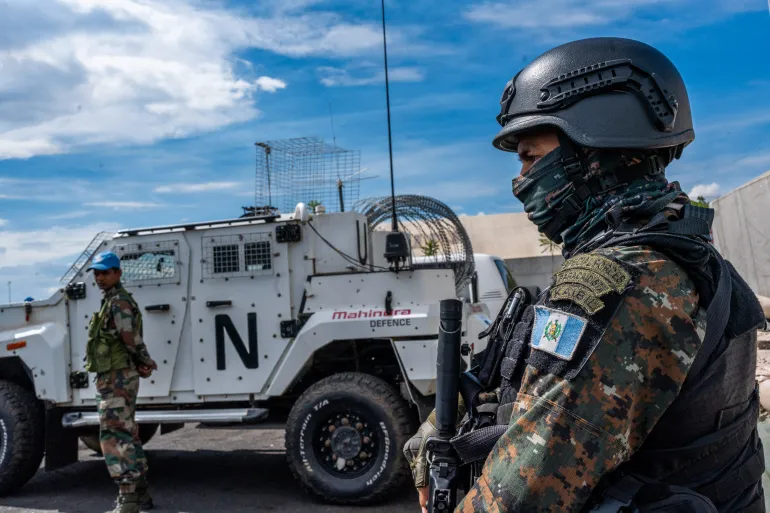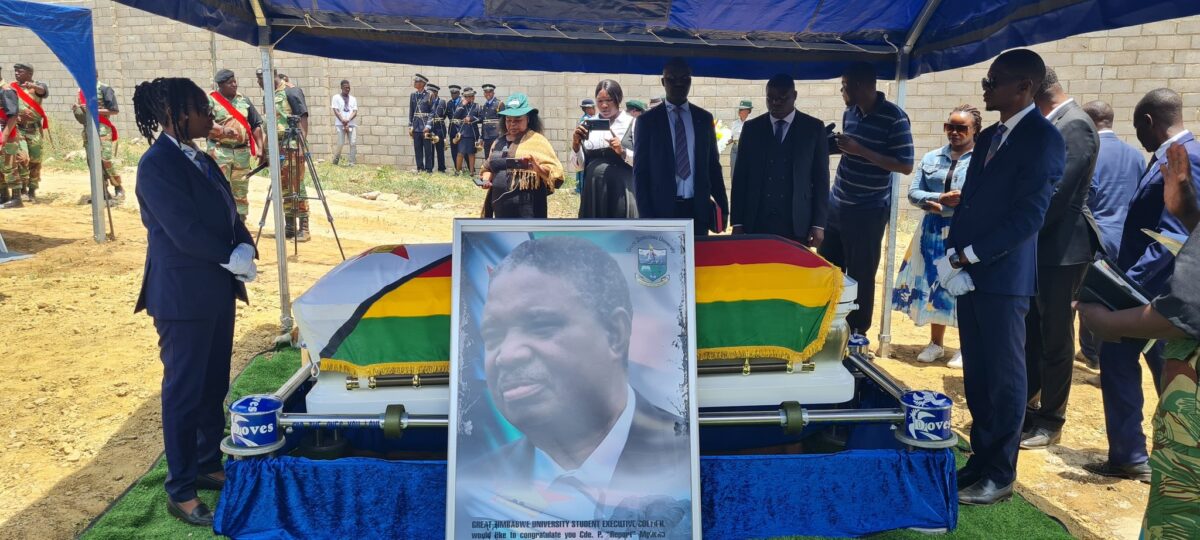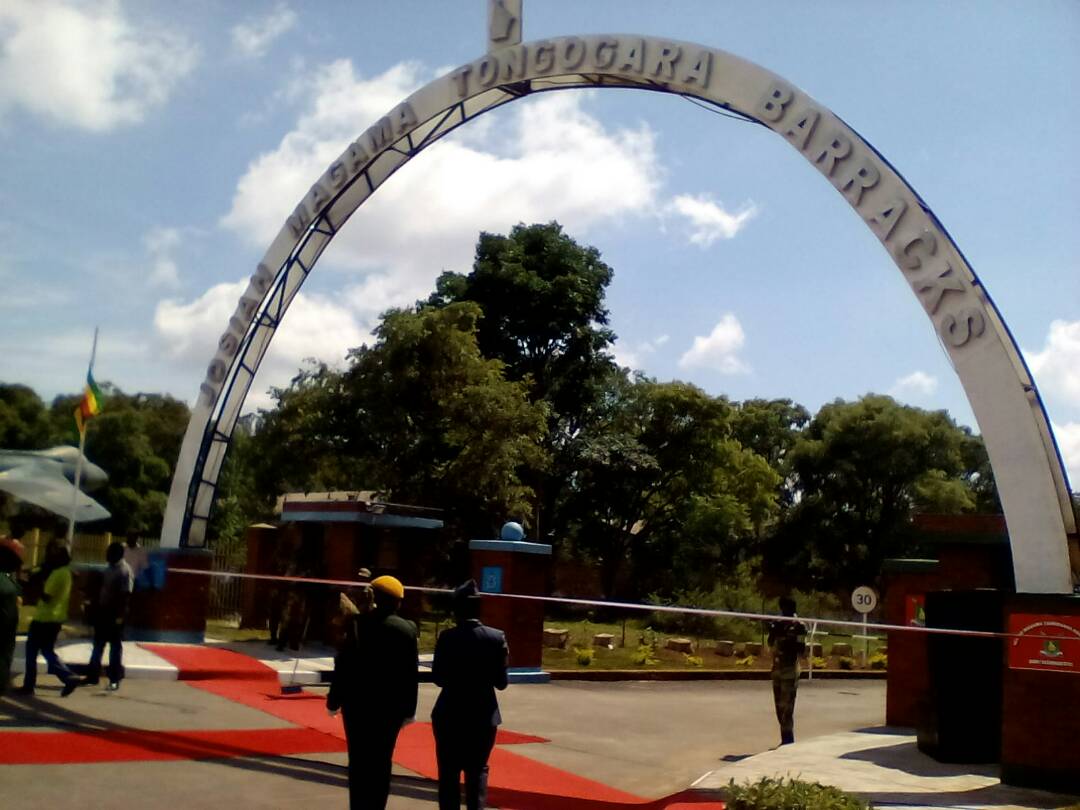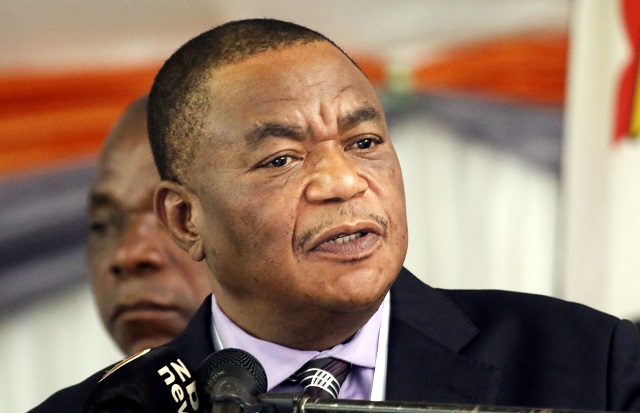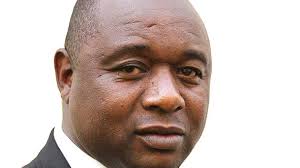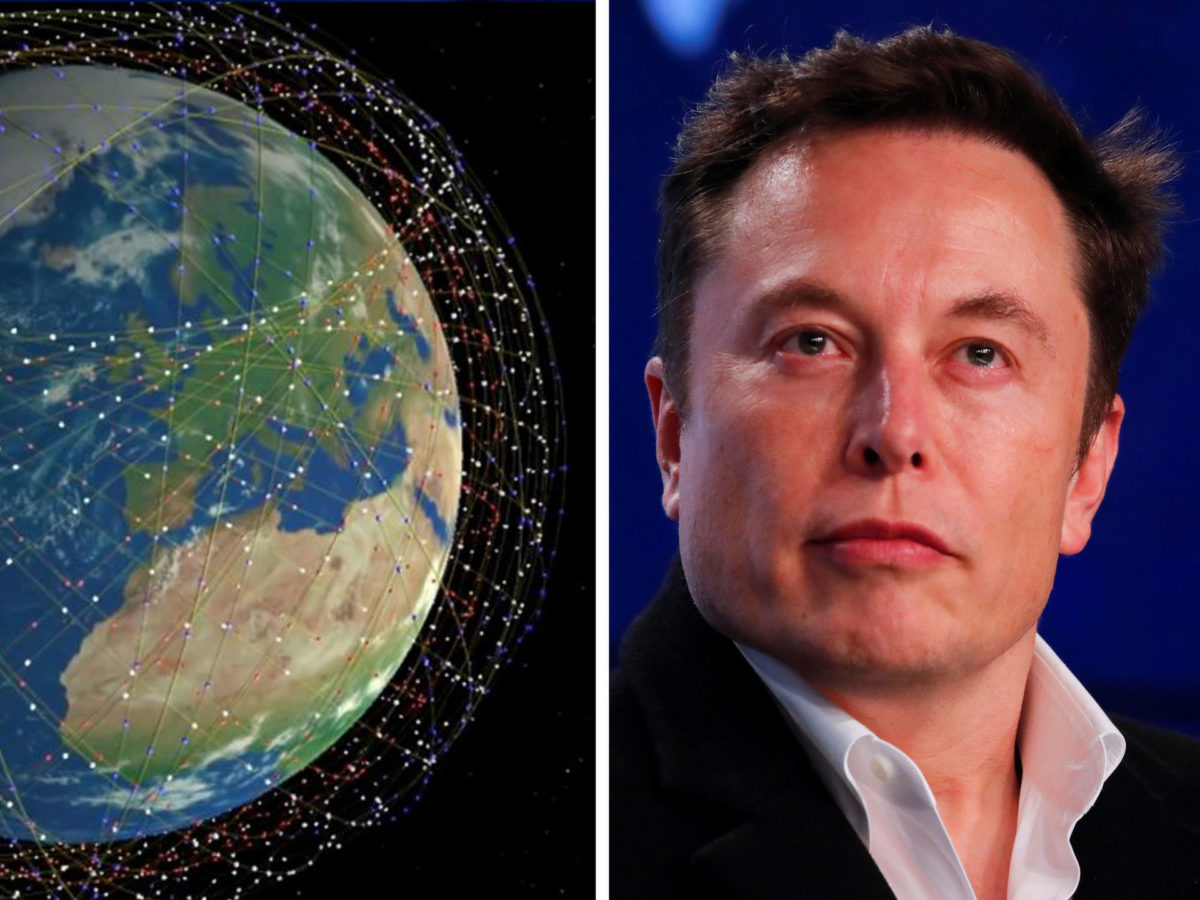KINSHASA, DRC – South Africa is deploying thousands of troops to the Democratic Republic of Congo (DRC) to help the country resist rebel attacks which are driving one of Africa’s most serious humanitarian crises.
On Thursday, the South African military said two of its soldiers had been killed and three wounded by a mortar bomb that landed inside a military base.
“As a result of this indirect fire, the SANDF [South African National Defence Force] suffered two fatalities and three members sustained injuries. The injured were taken to the nearest hospital in Goma for medical attention,” it said in a statement.
In the past week, fighting between DRC armed forces and the M23 rebel group has forced thousands of people to pack up what belongings they can carry and flee – often on foot – to safer areas such as the regional capital, Goma, even though the rebels are closing in on the city.
On Wednesday, the South African government said that 2,900 SANDF soldiers were being mobilised for its part in a regional push by the South African Development Community (SADC) to support DRC’s forces against the armed group.
The new effort comes after a separate regional military mission to combat the M23 by East African countries, which the DRC government perceived as a failure and which ended last year. However, speculation remains as to whether the South African soldiers will be able to make any more progress than their East African counterparts did.
Here’s a breakdown of what’s happening in DRC and how SADC might perform.
What is the conflict in the DRC over?
The DRC has been fighting a host of rebel groups in its resource-rich eastern region – around 100 of them in all – for decades, following regional wars in the 1990s that erupted as Rwanda pursued genocidaires responsible for the 1994 mass killings of Tutsis into Congolese territory. Most of the groups are seeking control over natural resources like cobalt and copper, both of which are materials crucial for manufacturing electronics.
Among them is the fearsome M23 group – or the March 23 Movement, named after a March 23, 2009 peace treaty that integrated a precursor armed group (the National Congress for the Defense of the People, or CNDP) into the Congolese army. M23 rebels broke away from the army in 2012. It operates in the hills close to the Rwandan border and says it is fighting in defence of ethnic Congolese Tutsis who, it claims, face tribal discrimination in the DRC.
The United Nations and the DRC, however, say the group is being funded by Rwanda to control Kinshasa’s minerals, causing a serious diplomatic rift in the region. The armed group went quiet after it was pushed out of DRC in 2013, but resurfaced again in 2021, possibly because of renewed Rwandan support.
In March 2022, M23 launched a major bombing and heavy artillery offensive against army forces and any civilians caught in their way. Since then, the violence in the volatile eastern DRC has only worsened, with fighting continuing through general elections in December which saw President Felix Tshisekedi sworn in for a second term. M23 fighters have also seized at least four towns in the eastern North Kivu province, and are advancing towards Goma, the provincial capital which is home to two million people.
Last week, M23 fighters attempted to take Sake, a strategic town 25km (16 miles) from Goma. On Tuesday, a local official told AFP that the rebels are now occupying a part of Sake, while government forces remain in the other areas of the town. – AFP

